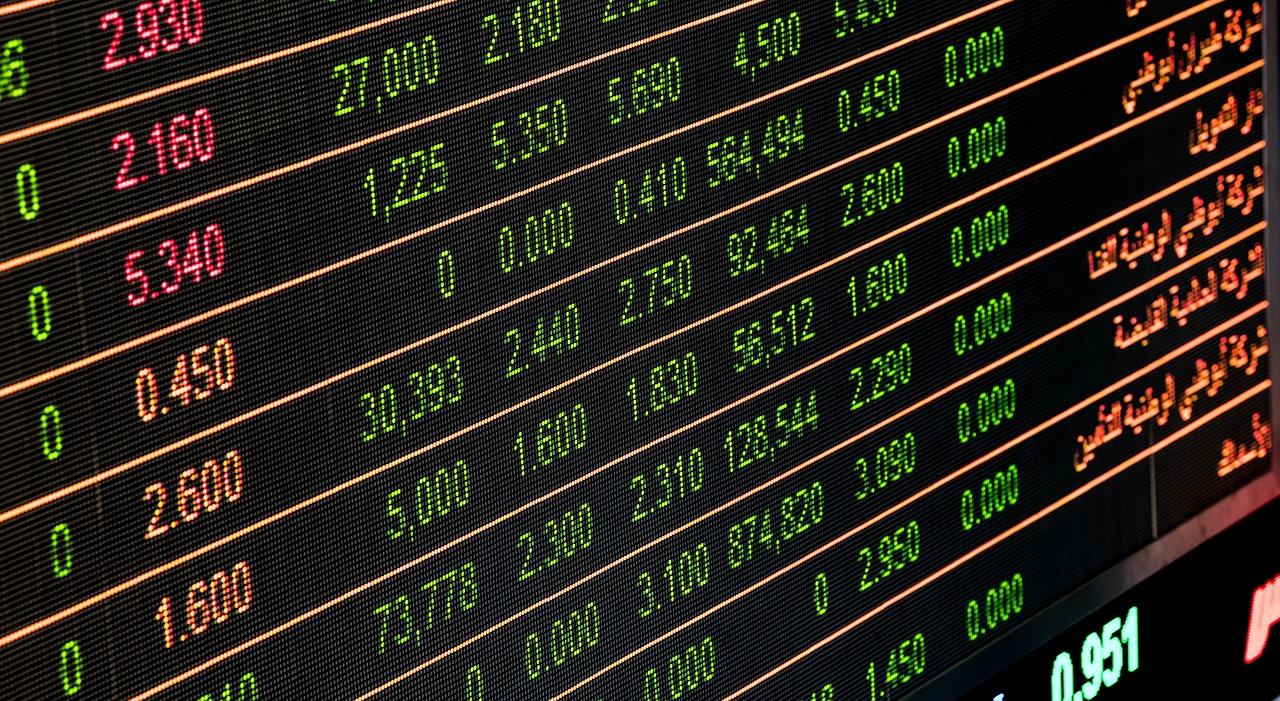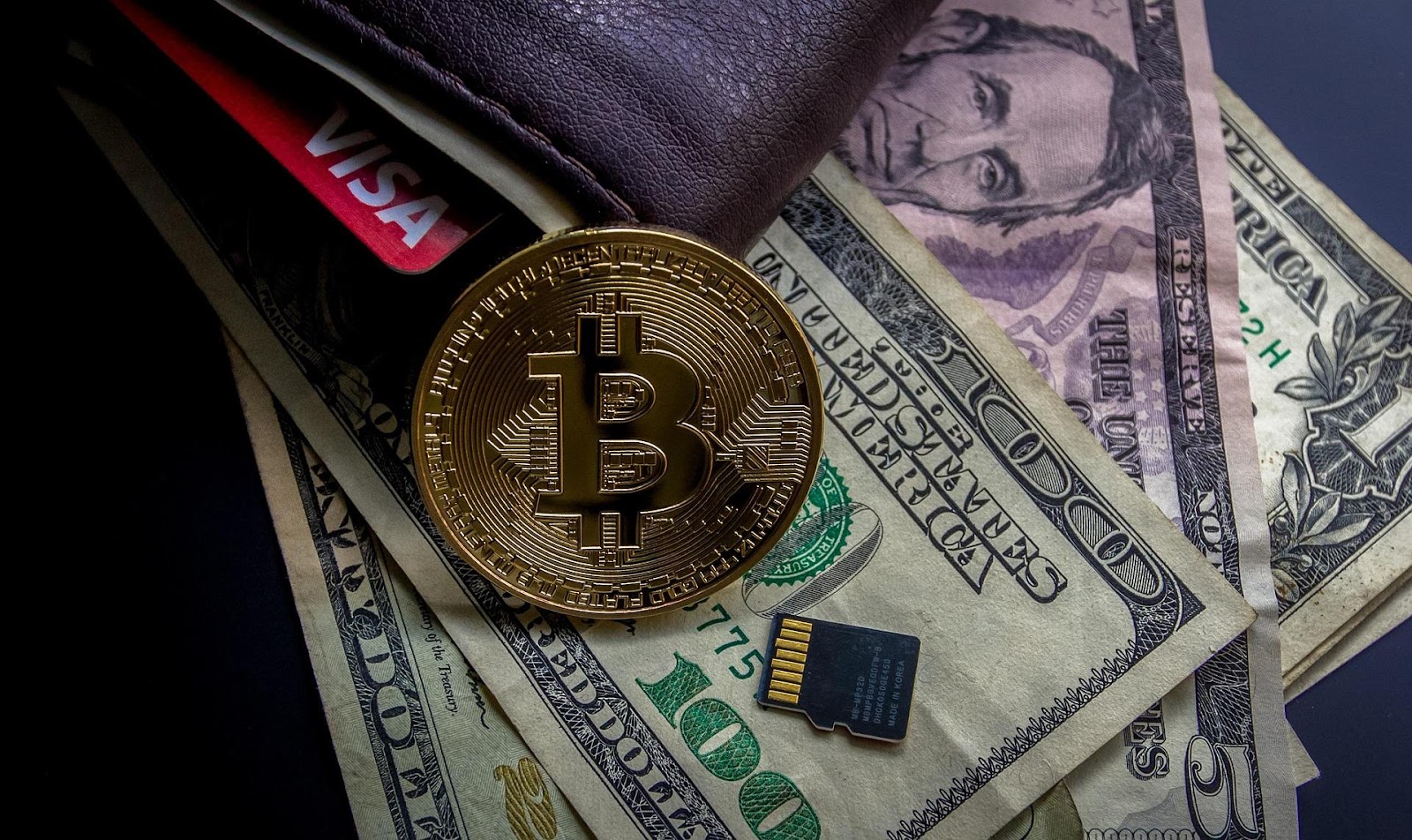The global forex market enables people to speculate on the performance of national currencies, economies, and exchange rates. The forex market has a daily trading volume of over $7tn, according to a Triennial Central Bank survey, making it the most-traded financial market worldwide.
Despite being valued so highly, many real-life events have a direct and sharp impact on forex pairs. Policy changes, economic data, and political events play a substantial role in determining the price of currencies in forex. Let’s learn more.
 Source: Pixabay
Source: Pixabay
Economic events impacting the forex market
Although it’s commonly traded digitally, the forex market directly reacts to real-world events. While the total factors influencing the market would be impossible to calculate, some of the most significant include:
Interest rates
Interest rate changes are arguably the most impactful events contributing to the value of forex instruments. For example, when the Bank of England cut interest rates from 4.75% to 4.5% on 6 February 2025, the GBP/USD forex pair fell by around 1%, which is a substantial move for such a liquid pair.
Typically, when a government reduces interest rates, the currency falls in response. This occurs because the assets tied to the currency become less attractive to hold. Conversely, when interest rates increase, it often drives foreign investment, as holding the currency or linked assets yields higher returns.
Inflation rates
Inflation rates track the change in the price of goods and services over a certain period. It signals how much a currency’s buying power has increased or decreased. For example, if the average price of goods and services rose by 5% across the year, then the annual inflation rate would also be 5%.
Changes to inflation rates have a direct impact on the value of forex instruments. When a currency has high inflation, it becomes less appealing to hold as more buying power is eroded, effectively reducing its value. Likewise, currencies with low inflation rates often rise as they become used as stores of value.
The Consumer Price Index (CPI) is used to measure inflation. It tracks the price of a basket of average household goods, such as bread and milk.
High CPI data signifies rising inflation, which can trigger interest rate increases to garner foreign investment and strengthen a currency. Similarly, excessively low CPI data can lead to interest rate cuts, which can cause a currency to devalue as it becomes less attractive to hold.
Unemployment data
Unemployment data measures the percentage of the working population that holds a job. It is a critical indicator of an economy’s health, with lower unemployment rates signalling a stronger economy.
When governments announce data showing a lower unemployment rate, currencies can push upward as it signals a strengthening economy. Likewise, when unemployment is high, currencies tend to devalue as it warns investors that the economy is weakening.
Geopolitical events
Geopolitical events are occurrences on the global stage between regions or countries. They include war, elections, and trade issues. As these events cause large-scale uncertainty, they can have a substantial impact on forex markets, commodity prices, and the cost of goods.
Events like war or trade sanctions can push a currency’s value down as investors sell the asset in response to the heightened uncertainty. Likewise, periods of prolonged stability can attract investors.
GDP reports
Gross Domestic Product (GDP) is the total value of all goods and services that a particular country produces. Analysts use GDP statistics to measure economic health and growth. Generally, rising GDP indicates a stable economy, while falling numbers show a country is struggling.
Analysts typically announce expected GDP figures ahead of the data’s release. If the actual rate is higher than expected, the currency can appreciate as demand increases. On the other hand, if GDP data is below expectations, it can cause the currency to fall.
Trade policy
Countries must carefully manage their import and export levels (trade balance) to help control their forex value.
When a country imports more than it exports, money flows into other nations’ economies, reducing the currency’s value. However, if a country’s exports outpace its imports, it brings additional funds into its economy, pushing its currency value higher.
How crypto payment solutions can combat forex risk
As we’ve discussed, there are a multitude of factors which contribute to forex prices, and some are quite unpredictable. However, to avoid this kind of risk, there are some crypto payment solutions available to help you feel more secure on the forex market.
One example includes crypto payment gateways, which leverage blockchain and crypto technology to enhance transparency and privacy while reducing risk, preventing fraud, and lowering costs.
 Source: Pixabay
Source: Pixabay
Forex transactions often require multiple intermediary services to handle payment routing and currency exchanges, often leading to delays and increased costs. Crypto payment solutions offer near-instant settlement times, lowering risk by reducing the chance of currency fluctuations.
Using a crypto payment gateway, you can potentially reduce exposure to short-term exchange rate fluctuations by using stablecoins to complete your transactions. Their stability relative to major fiat currencies can provide a degree of predictability in international transactions, helping to combat forex risk.
Traditional payment systems can take days to process a transaction, so the currency used for payment can rise or fall in value, potentially resulting in receiving a lower-than-expected payment. Because stablecoin payments settle quickly, they don’t have time to fluctuate, creating a fairer ecosystem.
As well as lowering risk, integrating crypto payment solutions can reduce costs by eliminating intermediaries and drastically lowering processing fees, particularly for cross-border payments.
Additionally, use of the blockchain can help to combat risk. The blockchain is an immutable public record of transactions. This means it can eliminate payment fraud, chargebacks, and identity theft by providing a verifiable way for people to check data and handle payments.
The blockchain is decentralised, meaning that it’s run by a network of nodes. Customer data is encrypted and fragmented across multiple nodes located around the world, meaning there is an extra level of security to the data.
Conclusion
The forex market is the world’s largest financial market. It consists of currencies from every nation, including USD, GBP, and EUR. However, despite its size, the forex market is directly affected by real-life events and factors that impact the economy.
As a nation’s currency performs similarly to its economy, everything from inflation rate changes to war, unemployment, and trade policy plays a significant role in determining the value of forex pairs.
While nobody can reduce the impact of global events on forex prices, crypto payment solutions can protect customer data, enhance transparency, and lessen the chance of fraud, helping to lower risk.
This article does not necessarily reflect the opinions of the editors or management of EconoTimes.





